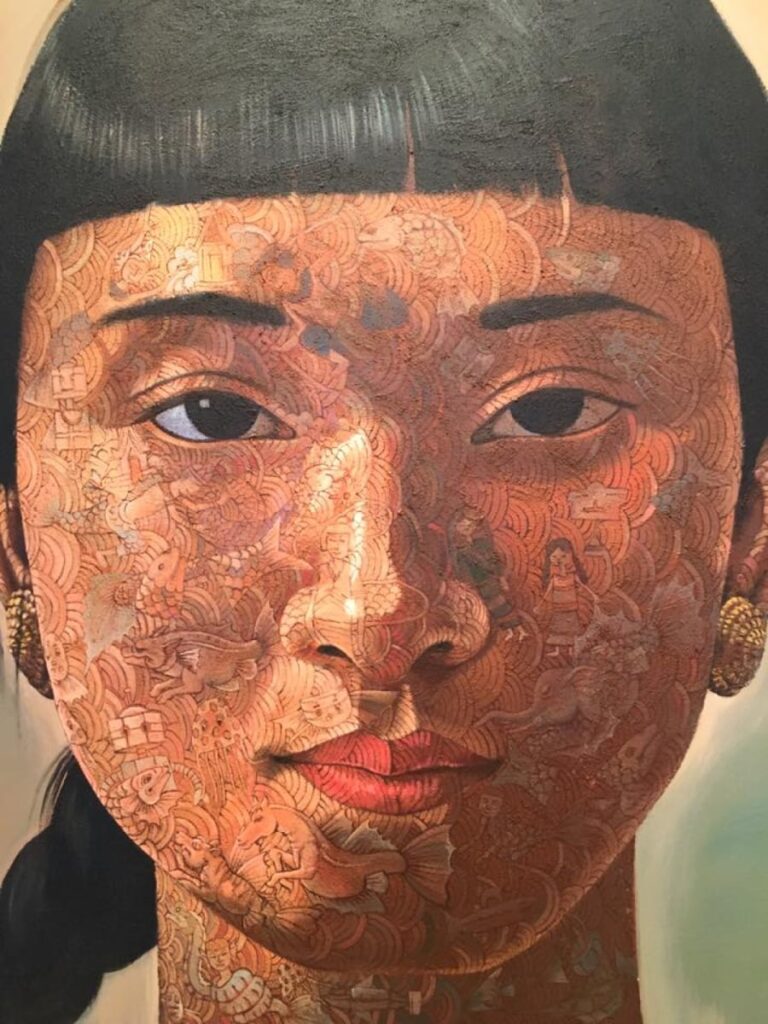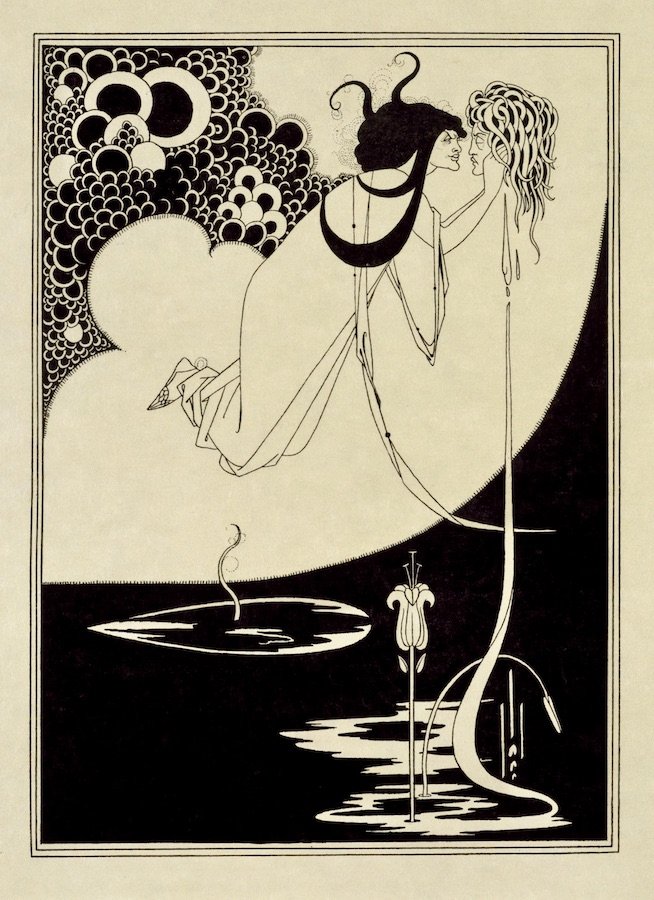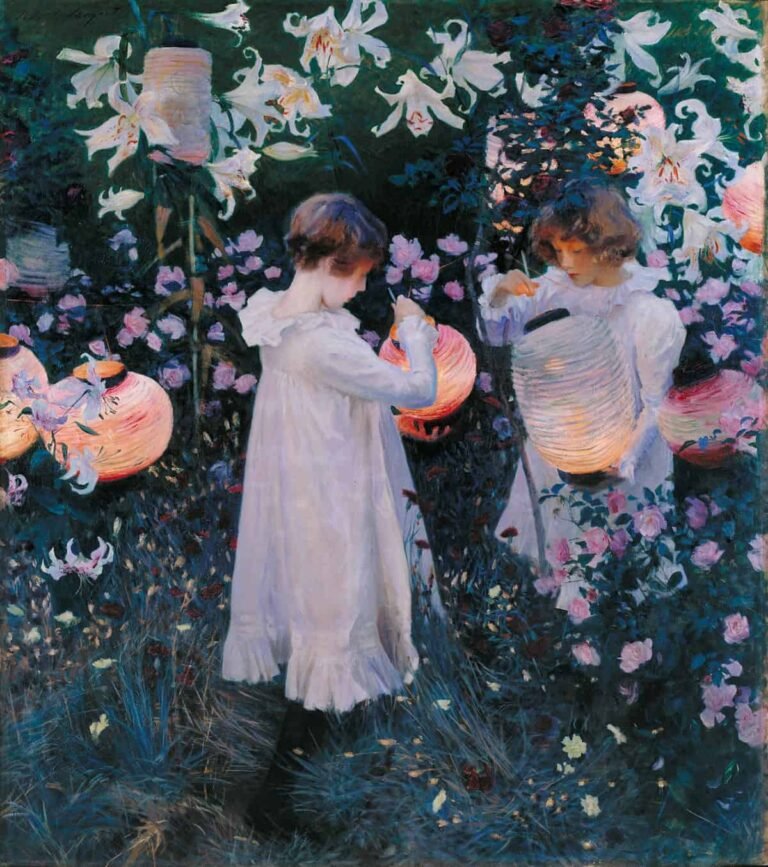The sculptural distortions of Graham Caldwell’s art disrupt the flow and path of an object’s assumed purpose, whilst creating a new direction – one of multiple views, both of ourselves and of others. Whether through the welding of mirrored objects to one another, or the manipulation of a reflective surface, Caldwell’s art provides a chance to view ourselves in a new light; causing a sense of self-investigation into who we are and to see a different perspective in reality, for just as we are reflected so is the outside world and those within it.
In Caldwell’s sculptures of crumpled plating, spherical services, shattered glass and broken gaps – there’s a presence of current life mixed with artificiality. Combine this with its sleek materials (glass, epoxy, and steel), it brings a sense of technology and social media. Although in Caldwell’s art we see not the filters of media apps but our true present selves, still, there’s a sense of an alteration being done to our visual eye line – like seeing the back of our head for the first time, and you can’t help but look a little closer. The constructions forming a web of 3D interconnection that invites the viewers to explore what they see, becoming as they do an extension to the art, while the neutral colours of Caldwell’s materials only further serve to highlight the structures’ design.
 Compound Eye, 2008, Mirrors, Steel and Hardware. © Graham Caldwell
Compound Eye, 2008, Mirrors, Steel and Hardware. © Graham Caldwell
A contemporary artist, Caldwell’s predominant medium is that of glass, the traditional glass-blowing technique modernised with vast installations, while still holding parallels to its history in medicine and science – magnifying or improving one’s ability to see. More evident however is the sculptures’ reference to understanding the working mechanisms of the eye; the glass sculptures acting as an outside diagram of this. For example the glass refractions in Caldwell’s art, caused by a layering of lenses, alter a true sight into that of illusions; a suggestion to what our own eyes do, the medium of Caldwell’s glass a “visual” extension to the human body.
Throughout Caldwell’s art there is a beautiful simplicity which does not deny the hard work of his skills but displays it modestly – it’s not intended to dominate the centre stage, instead you are guided to see the reflection of yourself and the world around you, its imperfections (whether in the broken glass or in the distorted image from a teardrop glass), a highlight of strengths (in the repetition of the mirrors), and to see beyond the immediate (with convex glass), whatever you perceive is up to you, but with Caldwell’s art you won’t leave without seeing something.
We’ve recently been in touch with Graham Caldwell, who kindly replied to our questions about his work.
Your sculptures create the sense of a connection between the mechanical and the organic (e.g. the eye). What is the most challenging piece you have done to date in showing this interconnection?
Glass provides an interesting surrogate to organic matter–it is soft to the touch in its molten state, it moves under gravity, and can be inflated. This is in contrast to engineered materials, like steel, that I use in my work, which are made to be regular and uniform. One of my goals is to create works where these elements cooperate and become larger systems. Space itself often becomes a theater and subject of and artwork by expanding into, or reflecting and distorting a larger volume.
I made a sculpture called Before After (shown below), which is a large, slightly amorphous, two-meter-tall volume created from many small shards of broken glass held in space with small triangulated metal armatures. The armatures form a kind of organic, skeletal, frame structure from which the whole thing hangs. The glass is metallic on the outside and black with shiny dichroic speckles on the inside. It gives an impression of something simultaneously breaking up and remaining whole. That sculpture was very challenging technically.
For myself, I found your artwork causes moments to pause and reflect. What differences have you seen between people in the way they approach and see your work?
It’s hard for me to know how people are experiencing my work without speaking with them, but that said, children seem to come to the work with the most wonderment. Once at an opening, I watched a young girl pulling different faces in a concave square mirror box for ten minutes while her parents took pictures. That sculpture never looked better.
 Before After, 2011, steel, epoxy, hardware and silvered glass. © Graham Caldwell
Before After, 2011, steel, epoxy, hardware and silvered glass. © Graham Caldwell
 Before After (close-up image), 2011, steel, epoxy, hardware and silvered glass. © Graham Caldwell
Before After (close-up image), 2011, steel, epoxy, hardware and silvered glass. © Graham Caldwell
 Before After (very close-up image – showing interconnection of surfaces). 2011.
Before After (very close-up image – showing interconnection of surfaces). 2011.
Steel, epoxy, hardware and silvered glass. © Graham Caldwell











